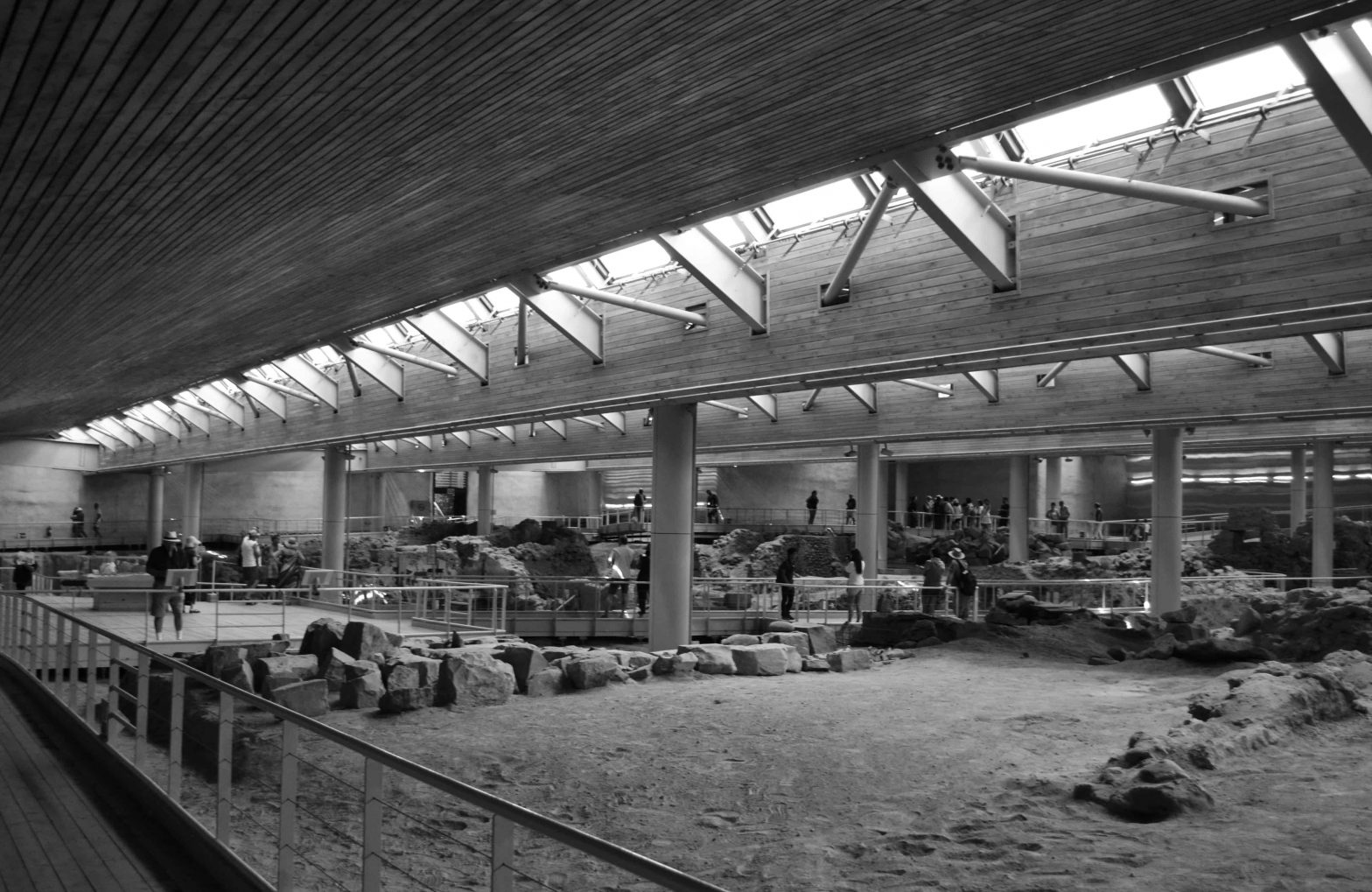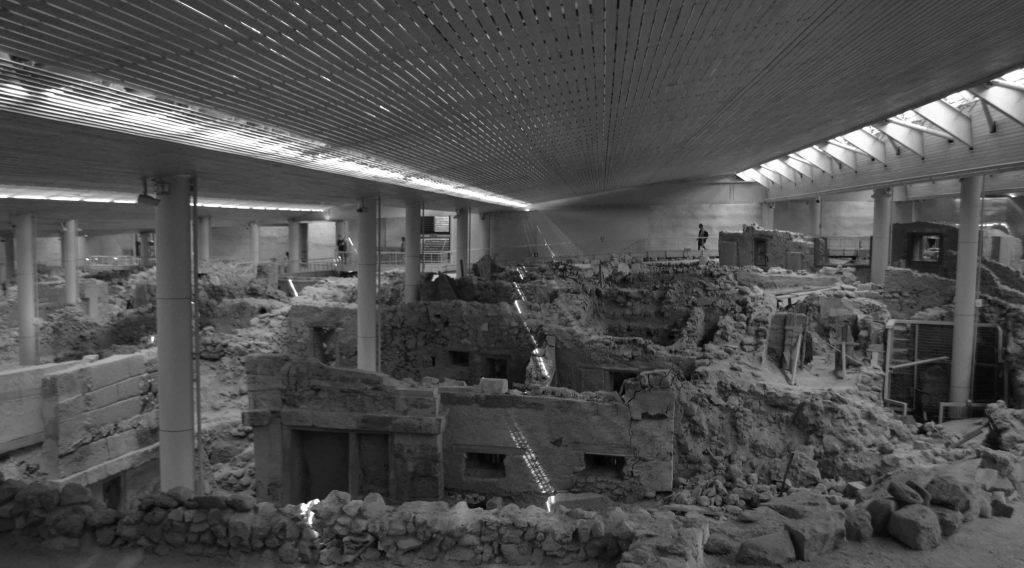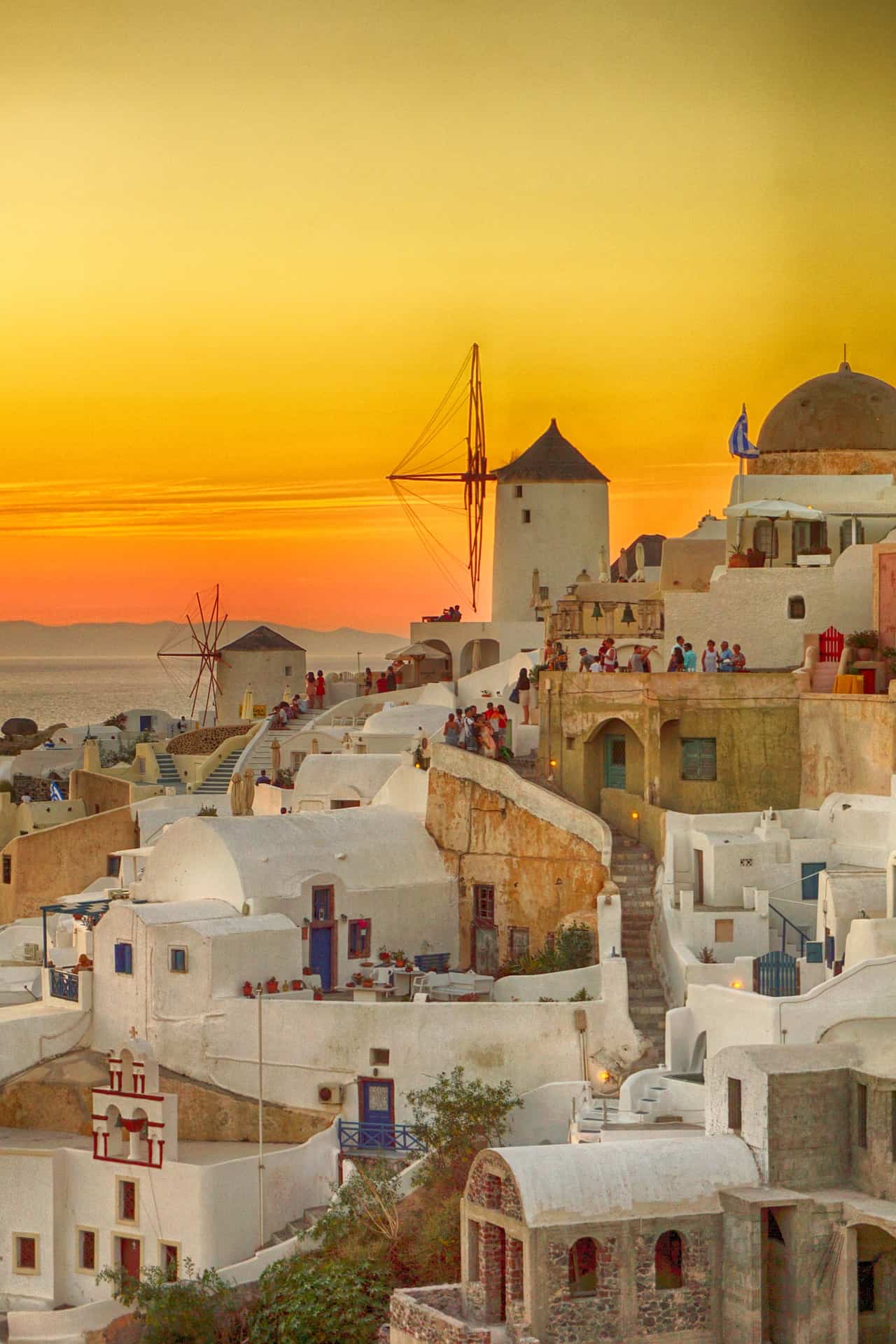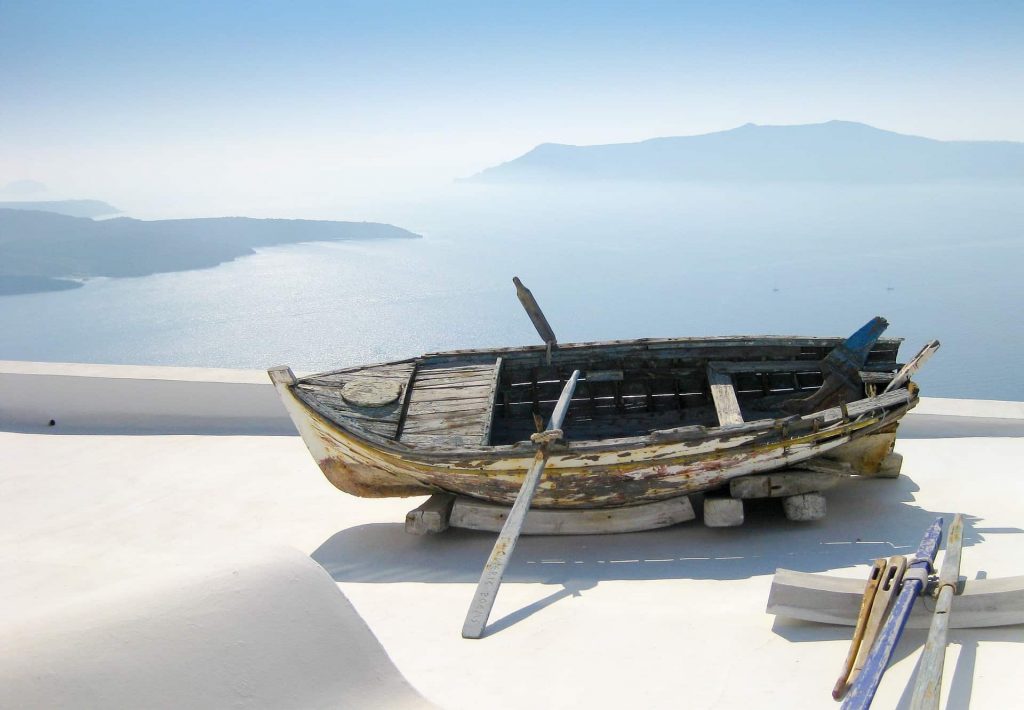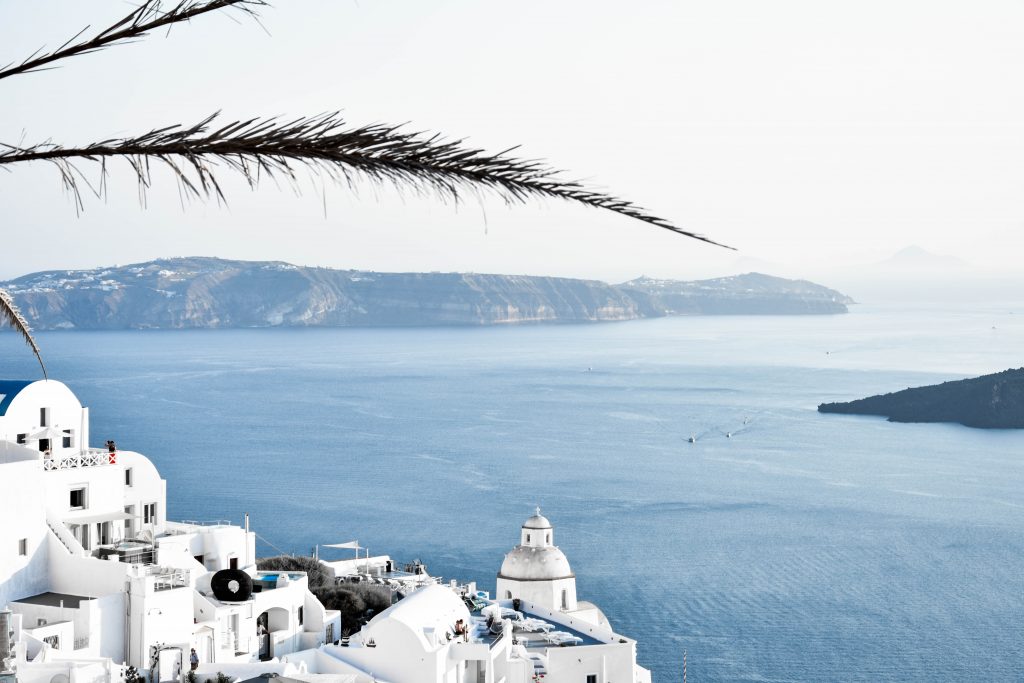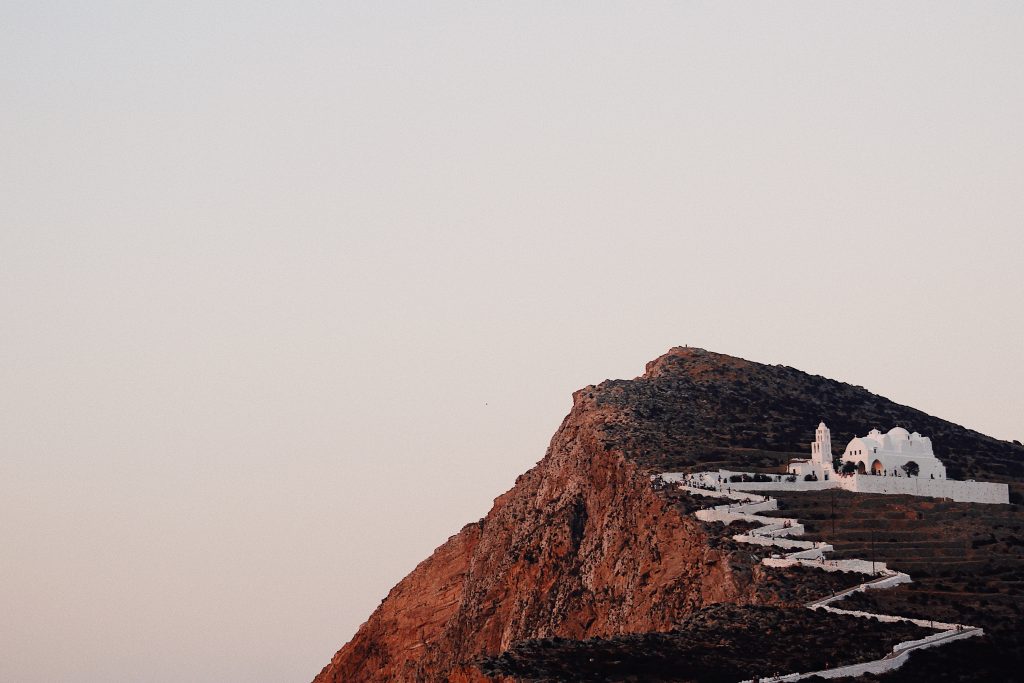Naxos Tips
Naxos is the largest island in the Cycladic region, it can offer you various kinds of activities, famous for sandy beaches and picturesque villages. But, what about these travelers that are looking for serenity and tranquility?
If you want to find the place where time can stop, you have to wait…From Chora of Naxos, there is a bus heading towards the northern part of the island only on Mondays and Fridays. You could also rent a car. But why don’t you wait?
You usually have to wait for that which is worth waiting for.
-Craig Bruce
Imagine this. It is Friday (or Monday) and you are waiting for the bus. It is noon and you are watching the port, ancient artifacts and the people that are walking under the hot sun. When the bus for “Apollonas” is here, you will notice that is full of local people. You have a huge backpack with you. They will be probably holding a shopping bag.
Naxos Tips: Where to stop?
You will need to ask the bus driver to stop at “Abram”. The beach of Abram is your destination and definitely not a popular one.
The journey itself is majestic as you will travel a scenic route which stretches along the top of steep cliffs which are punctuated with small coves and attractive beaches. After 20km into the journey, the bus will stop in the middle of the main road and all you have to do is to walk to the beach. During your bus trip, you may wonder if it was the right decision to visit this place. The next bus will arrive in 4 days. But anyway, these days it seems like you are constantly waiting for something.
In a world that we are always in hurry, you can once allow the time just to pass.
At the end of the path, you will discover a secluded and remote cove and its exceptional natural beauty as the blue of the sea mixes with the green of the trees in a wonderful combination of colors. It is sandy with small pebbles and calm waters at its northernmost end near the rocks. The landscape is majestic and wild. Search for a small tree that will offer you shade.
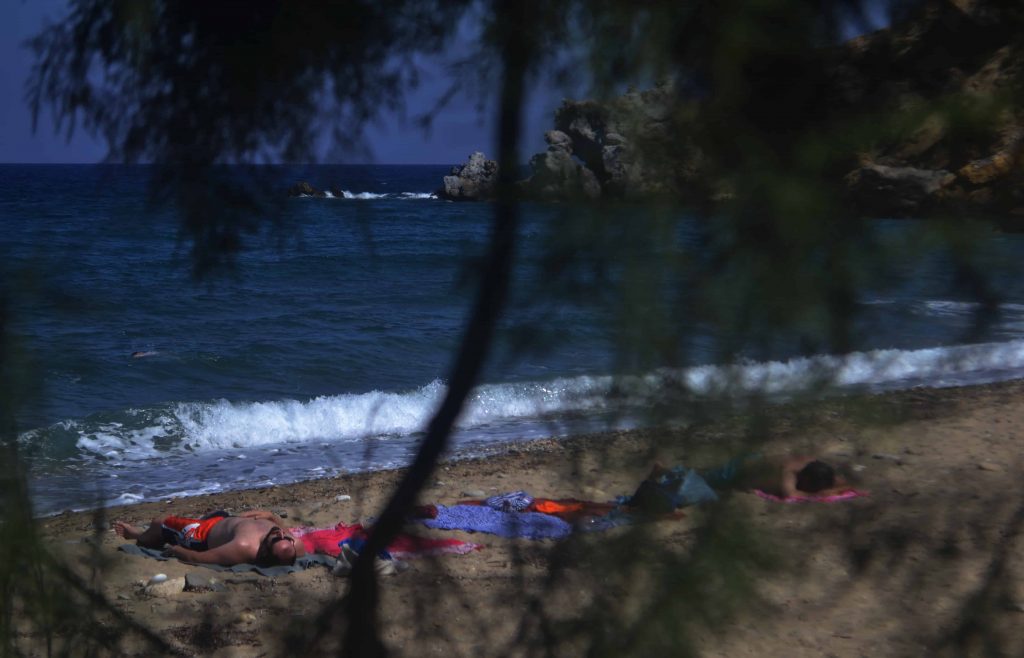
Naxos Tips: Taste the food!
The food tastes like your mother made it. Take a look around and you will notice the vineyards, olive trees, and fig trees. You can grab to taste some grapes. Its fertile soil has enabled Abram to be self-sufficient in terms of agricultural products.
From the tavern which is right on the beach, you will taste food which is produced in Abram and recipes who belong to the grandmother of the owner. This hospitable family is running the tavern and after a while, you will feel part of this family too. I can recollect with clarity a memory at this terrasse on the Aegean where the visitors were drinking homemade wine and tsikoudia. They laugh, they socialize, and they celebrate together their birthday’s and life in its entirety. It is hard to imagine a better place on earth to meet people and watch the sunset together.
Naxos Tips: Be ready for surprises
In the end, I am sure that you will not want to leave a place that feels like family in such a short time. You will not want to miss the smiley people and the stunning sunset. Be aware that there is a great chance you will want to stay longer than you expected.
The greek Sculptor Rokos have illustrated his summers in Abram. It is about the person, the nudity, nature, the sun and the sea. It is about the small church on the east side of the beach. It is about how a place can be transformed into an entirely unique experience.

But finally, you will leave. You will grab your backpack that now is heavier, full of new friends and unforgettable experiences and you will walk to the main road. You will feel calm, sad and happy. You will wait again. But this time not for the bus. You will just wait for the next time you will see “Abram” again.
“If you are not too long, I will wait here for you all my life”
– Oscar Wilde


